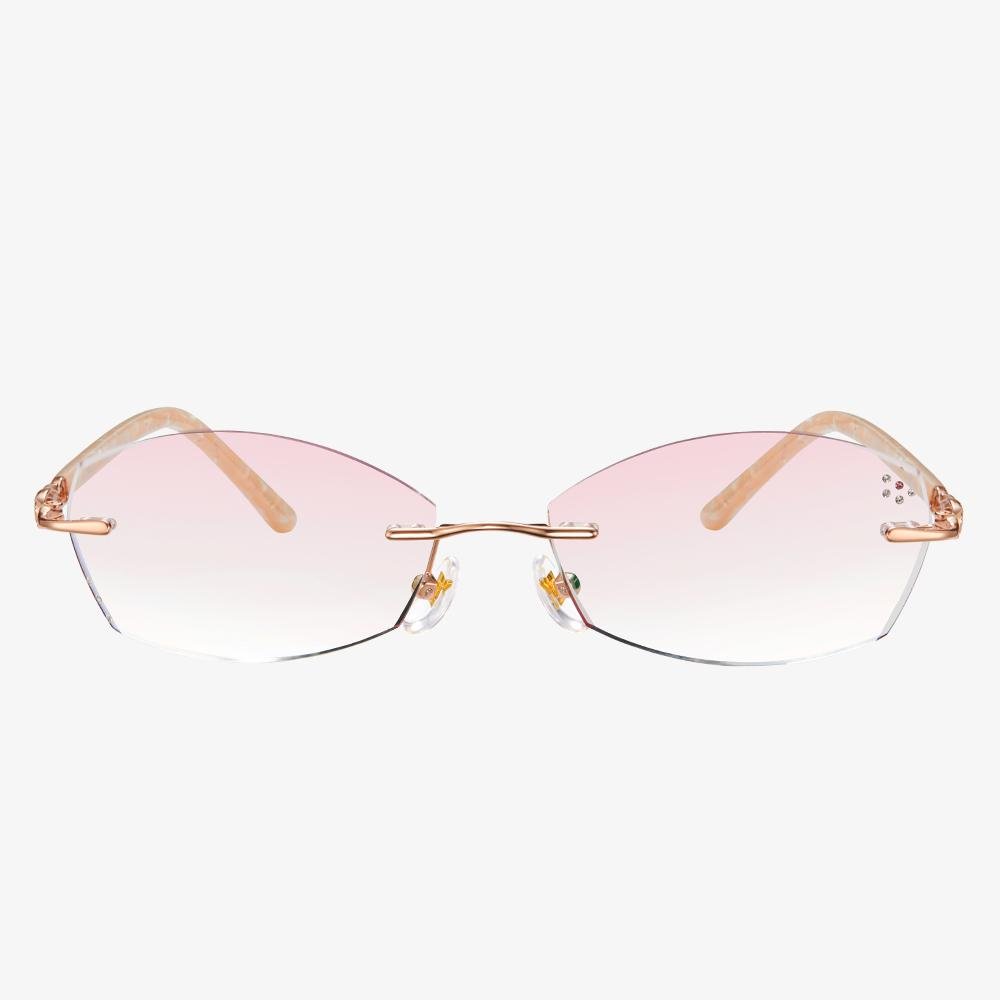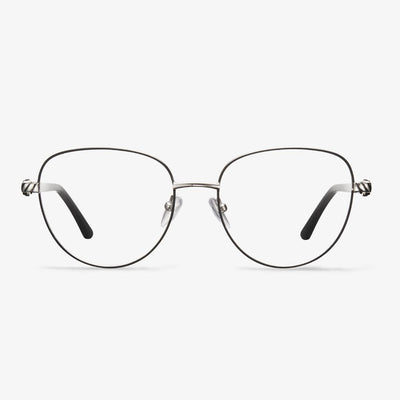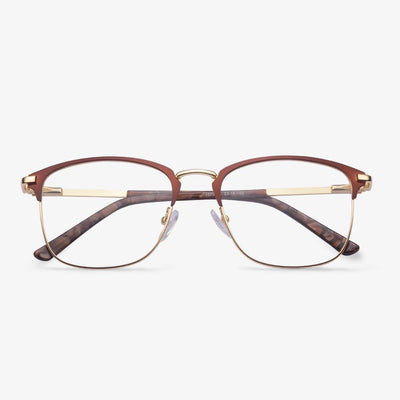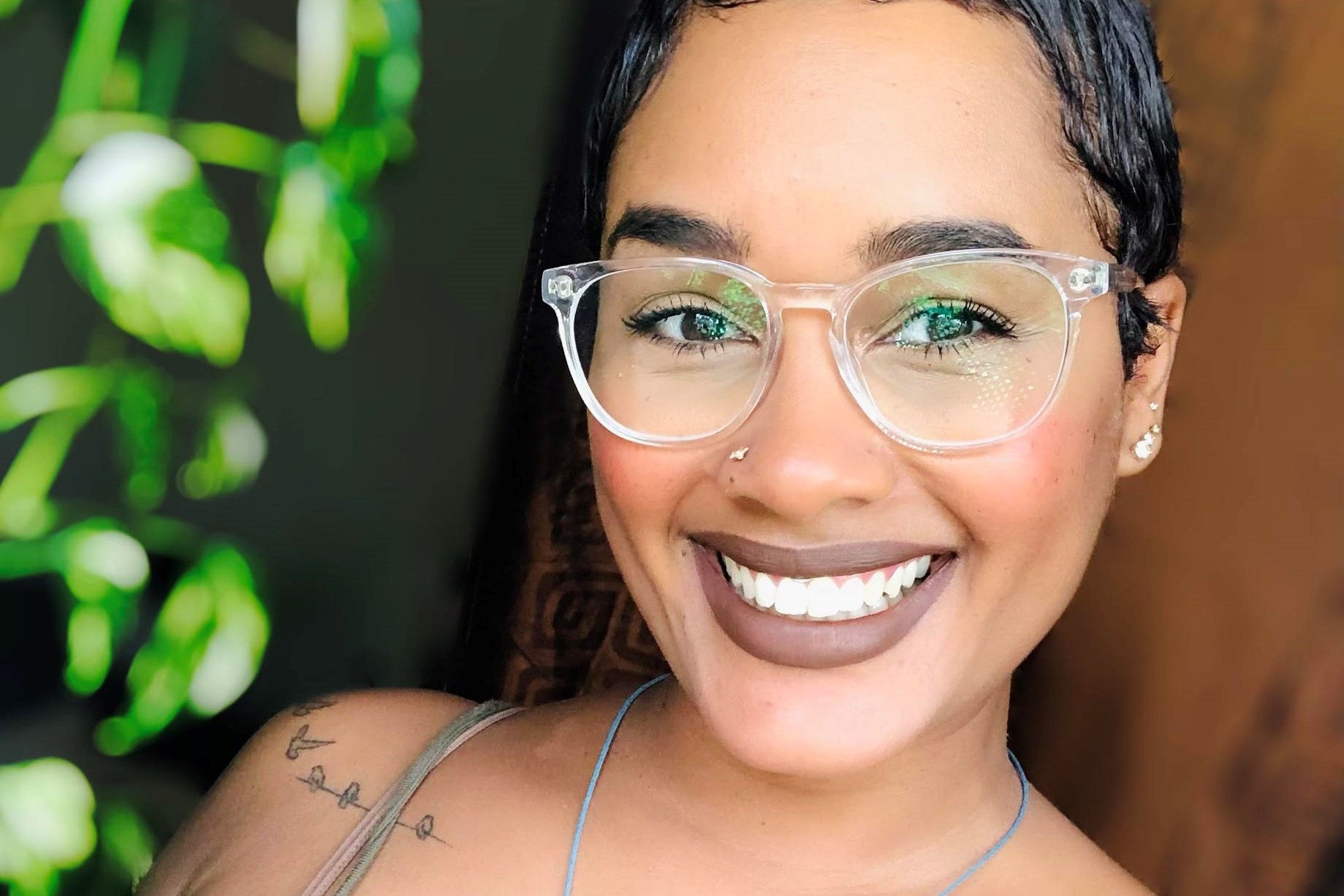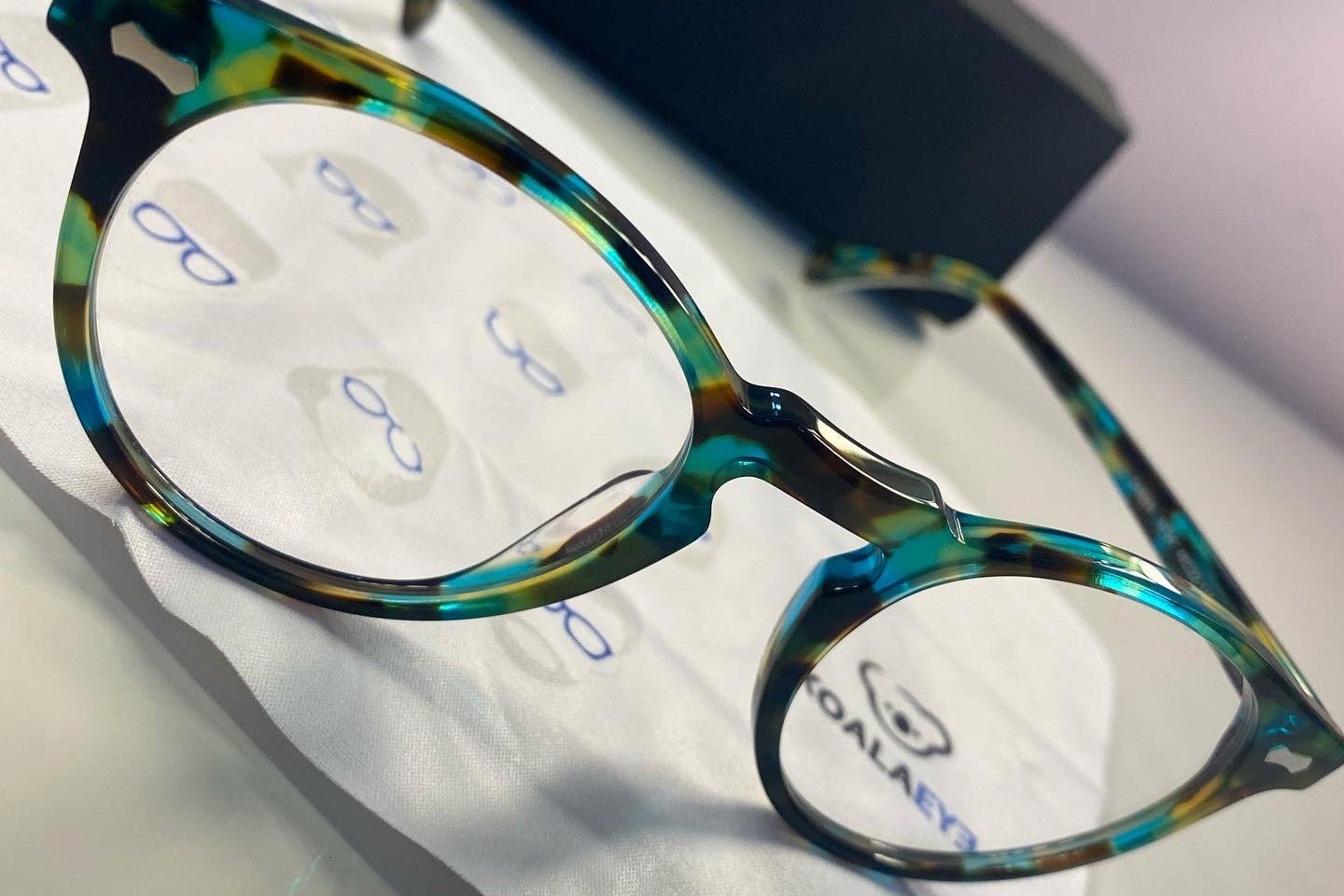Common Bifocal Glasses Problems
In this section, we will list some common bifocal glasses problems.
First, it may take a couple of weeks to adjust the bifocal glasses. You may not get used to wearing your bifocal glasses overnight. When you wear the bifocal glasses for the first time, it may be difficult to adapt them.
However, knowing the correct part of the lens to look through is crucial to giving you the vision correction you need, whether it is distance or near vision, for different activities.
To adapt to the bifocal glasses, you had better wear them all day or as often as you can. If you don’t wear your new glasses enough, it can make the adaption period last even longer.
Besides the above bifocal problem, there are other problems with bifocal glasses. The second problem of bifocal glasses could be that the bifocal line is too high and you might lack adequate distance vision. So, the bifocal line could be obvious and it would not be beautiful. However, if you want a pair of glasses without a visible line, you could consider progressive lenses. You will feel older while wearing them, without having to worry about the line through the center of your glasses.
What Are Trifocal Glasses?
Trifocal glasses and no-line progressive lenses are multi-focal glasses, meaning that their lenses offer multiple correction fields. Whether you have been wearing multi-focal glasses for a while, or you have just begun to look at options for correcting vision after 40 years old, you may have heard the terms trifocal or progressive glasses.
Trifocal glasses have three different corrective lenses within one lens to offer you intermediate, distance, and near correction. Trifocal lenses look and perform similar to bifocal lenses, with an added viewing zone to help correct vision in the intermediate field, and two visible lines where the viewing zones change.
Recommended Glasses for Heart Shaped Face
Here, we will show you some recommended heart shaped face glasses.
Circular frames: The first pair of glasses for heart shaped faces we want to recommend is the circular frame glasses. Round frames provide contrast and can help to soften your angular features. They draw attention to your eyes and cheekbones and away from your chin or forehead.
Rectangular frames: rectangular frames are able to provide balance on heart shaped faces. They add structure to curvy features and can make your forehead appear narrower. These rectangular frames provide a professional look and don’t draw much attention to themselves.
Rimless and semi-rimless frames: as for glasses for heart shaped faces, rimless and semi-rimless glasses are recommended. Rimless glasses don’t highlight anything and let your facial features speak for themselves. Semi-rimless glasses can help balance your forehead and draw attention downwards to your jawline.
Advantages of acetate glasses frames
Acetate frames are Lightweight and comfortable. As one of the daily necessities, the lightweight acetate frame will not bring a heavy burden to the bridge of the nose. Even if you need to wear glasses all day, you will not feel too much discomfort.
Acetate frames are durable. This is the key factor that makes acetate frames stand out from traditional plastics or other materials. Acetate frames are made by cutting, molding, and polishing multiple pieces of material, which makes them as strong as metal and ideal for eyeglass frames.
Acetate frames can complete various designs. Acetate makes the design easier to maintain. Acetate fiberboard can be designed with colorful patterns, different layers, and many colors. Embedded design can maintain design features more effectively without spraying or painting.
Although acetate frames are more expensive than ordinary plastic frames, it is more cost-effective to choose a more durable acetate frame because glasses are our daily necessities for a long time. Moreover, acetate is comfortable, light, and stylish. Therefore, next time you decide to buy a new spectacle frame, you can try a spectacle frame made of acetate.
What to consider when buying eyeglasses?
The size of the frame should match the pupil distance so that the edge thickness of the lens is thinner and more comfortable to wear. The size should be proportional to the size of the face. The upper edge should not be higher than the eyebrow and the eyebrow should not be visible in the lenses. The shape of the frame should match the shape of the face and skin tone to meet aesthetic requirements. The rectangular face should choose a circular arc or arc transition frame. An inverted triangle face shape should choose one with a lower wide edge.
Advantages of progressive lenses
1. The appearance of the lens is like a single vision lens, and the dividing line of the degree change cannot be seen. Not only is the appearance beautiful, but more importantly, it protects the age privacy of the wearer. There is no need to worry about leaking the age secret due to wearing glasses.(https://www.koalaeye.com/collections/progressive-glasses)
2. Since the change of lens power is gradual, there will be no image jump. It is comfortable to wear and easy to adapt.
3. Because the degree is gradual, the replacement of the adjustment effect is gradually increased according to the shortening of the short distance. There is no adjustment fluctuation, and it is not easy to cause visual fatigue.
4. Clear vision can be obtained at all distances in the visual range. A pair of glasses meet the use of long-distance, near use, and various distances in between. It is especially good for teachers, doctors, music workers, and computer operators because these people not only need to see far and near objects clearly, but most of the time they also need to be able to see objects at intermediate distances such as blackboards, piano scores, and computer screens. This is not possible with lenses other than progressive lenses.
5. At present, both internal and external ophthalmologists agree that young people should wear low-degree convex lenses when reading and writing to reduce near-use adjustment, thereby alleviating or preventing the occurrence and development of myopia. This gives the progressive multifocal lens a new meaning and mission. Physiology found that excessive use of the eyeball adjustment function can form 'accommodative spasm' or pseudo myopia. Continued development can produce longitudinal eye axis elongation and induce 'true myopia' or axial myopia. The external luminosity of the progressive lens can be artificially added to the progressive luminosity. The upper is used for looking far, and the below is used for looking near, which makes the eyeball relax and over-adjust. The ever-changing luminosity of the lens replaces the 'accommodative power' that should have been activated, blocking the vicious circle of adjusting the eye axis elongation, making the eye not easy to fatigue, and slowing the development of myopia.
Is blue light blocking worth it?
There are two main problems with anti-blue glasses currently on the market. One is that the place to be prevented is not preventable, and the other is that people have color casts due to wrong protection and aggravate visual fatigue. Studies have shown that our eyes are the most intolerant of blue light in the 400-440 nanometer band. Therefore, current manufacturers mainly block blue light in this band when producing anti-blue glasses. However, the blue waveband of electronic products is between 450 nanometers and 490 nanometers, so most anti-blue glasses have little protection in this waveband. In addition, the blocking rate of anti-blue glasses is 20%~30% to achieve a good anti-blue light effect, but now the blocking rate of anti-blue glasses on the market has basically reached 80%~90%. All in all, these blocking blue light glasses cannot prevent the blue light in the 450-490 nanometer band, and their high blocking rate will also cause a color shift, which makes people more likely to have eye fatigue and headache.
In daily life, the intensity of blue light is low, not enough to cause damage to the fundus, so ordinary people do not need to wear anti-blue glasses unless they are working in extremely strong light conditions or working in special environments. To protect the eyes, it is more important for people to develop good eye habits. For example, wear a pair of suitable glasses and read insufficient light and at an appropriate distance. Avoid using electronic products for a long time. Take a break for 20 to 30 seconds every 20 to 30 minutes, and look at the distance regularly. If you have dry eyes while reading the electronic screen, remember to blink to 12 times per minute. It is best to wear sunglasses when outdoors.

















